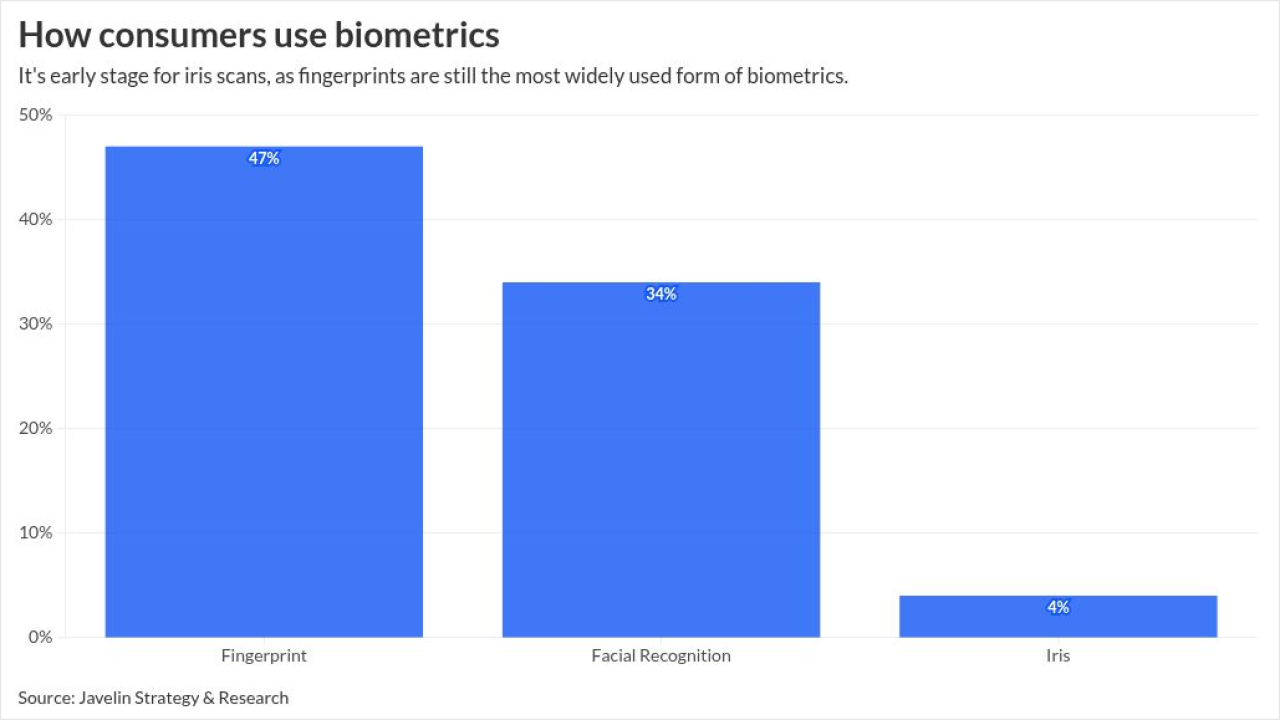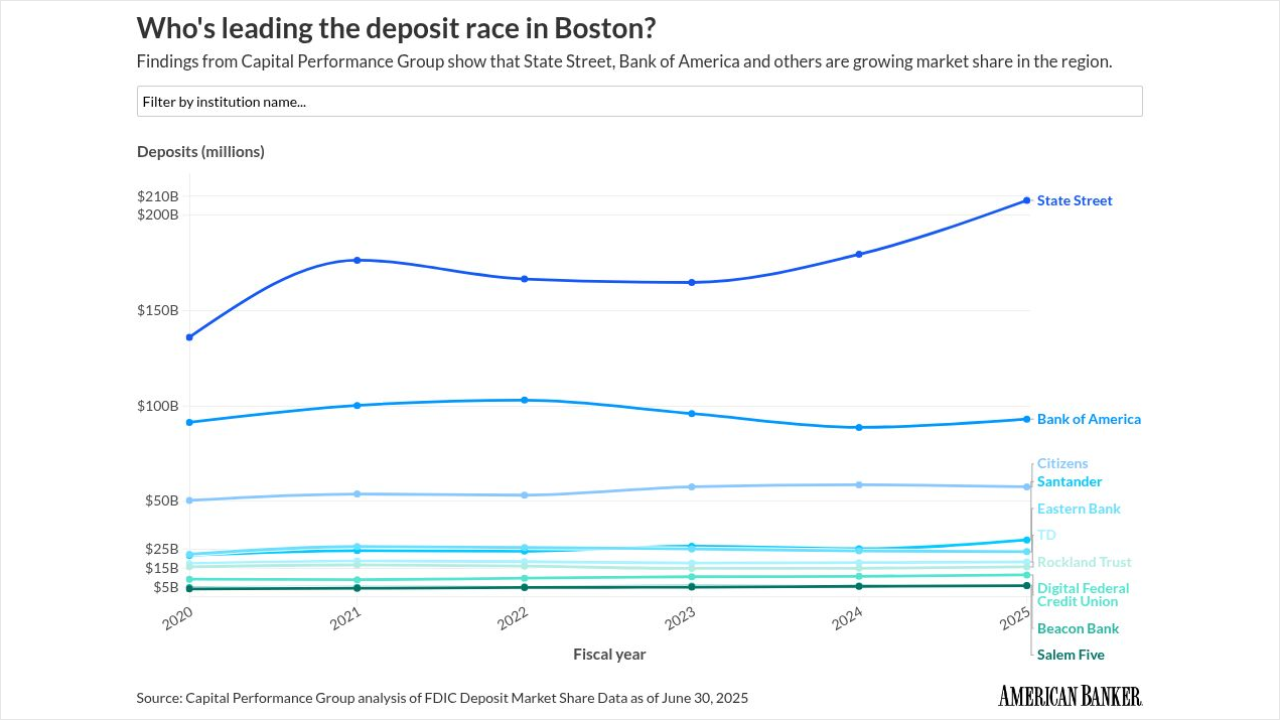The Facebook-affiliated Diem cryptocurrency has changed almost everything about itself — name, structure, partners and timeline — since its inception. Its change of location, from Switzerland to the U.S., may be one of its most significant.
Due in part to its relationship to the data-hungry Facebook, Diem (formerly Libra) has faced pressure from regulators around the world. To move ahead, the project needed to finally plant its flag.
"Financial regulators and politicians will be more comfortable with 'Diem U.S.' headquartered in the U.S. than in Switzerland, and issuing dollar-backed Diem stablecoins through a bank regulated by the Fed," said Eric Grover, a principal at Intrepid Ventures.
Regulatory certainty will be vital to Diem's growth. The evolution of the digital currency market creates questions about how the ecosystem will manage different approaches, including central bank digital currencies, nonfungible tokens and cryptocurrency, said Thad Peterson, a senior analyst at Aite group.
"Given the challenges Diem has faced so far, it makes sense to get a more simple approach to developing the business," Peterson said. "One bank and one currency or stablecoin will make it easier for Diem to develop and prove the concept so they can convince other players of the relevance and validity of its approach."
Diem can benefit from the size and breadth of the U.S., where cryptocurrency and blockchain businesses have matured quickly during the two years since Diem first issued its white paper.
Diem is expected to launch this year, a timeline that puts it behind other U.S. stablecoins. But while Diem loses early-mover advantage, it's also entering a market in which blockchains and smart contracts are more accepted by enterprises — and cryptocurrency in general is more known to consumers.
The Boston-based
This creates an environment in the U.S. in which consumers and merchants are more comfortable using digital currency than two years ago, when Libra was more of a pioneer and more heavily associated with Facebook.
All of these U.S. payment companies do business internationally. By building a base in the U.S., where the crypto market is booming, other nations will be pressured to work with Diem out of competitive necessity.
"You prioritize the biggest markets first, where you are going to gain traction and critical mass the fastest," said Richard Crone, a payments consultant. "And that's clearly the U.S.; Switzerland isn't even on the euro."
When it was called Libra, Diem faced pushback from not only U.S. politicians, but U.S. payment firms as well — with the major card brands, PayPal, eBay, Stripe and others
But if Diem can create regulatory cover through its Silvergate partnership, the economics of crypto are different now than in 2021, creating a larger market for Diem and potential partnerships with Diem's former members and possible government work in support of a U.S. central bank digital currency.
In 2019, when Libra was first announced, "China hadn't issued [
The move from Switzerland also speaks to Diem's changing model. As Libra, Diem was designed to peg its stablecoin to a "basket" of traditional currencies from different countries to mitigate volatility. By changing that model to a one-to-one peg between the stablecoin and traditional currency, Switzerland made less sense as a headquarters. Diem did not provide comment beyond its Silvergate Bank release, but in its announcement it mentioned the "intensive" licensing process in Switzerland (which Diem has abandoned), and other nations produced beneficial constructive feedback.
"Switzerland was chosen as the base because of its 'neutral' location," said Zil Bareisis, a senior analyst at Celent. "Now that's no longer the case, and Diem's focus is shifting to individual markets and specific currencies, with the U.S. chosen as a pilot."





